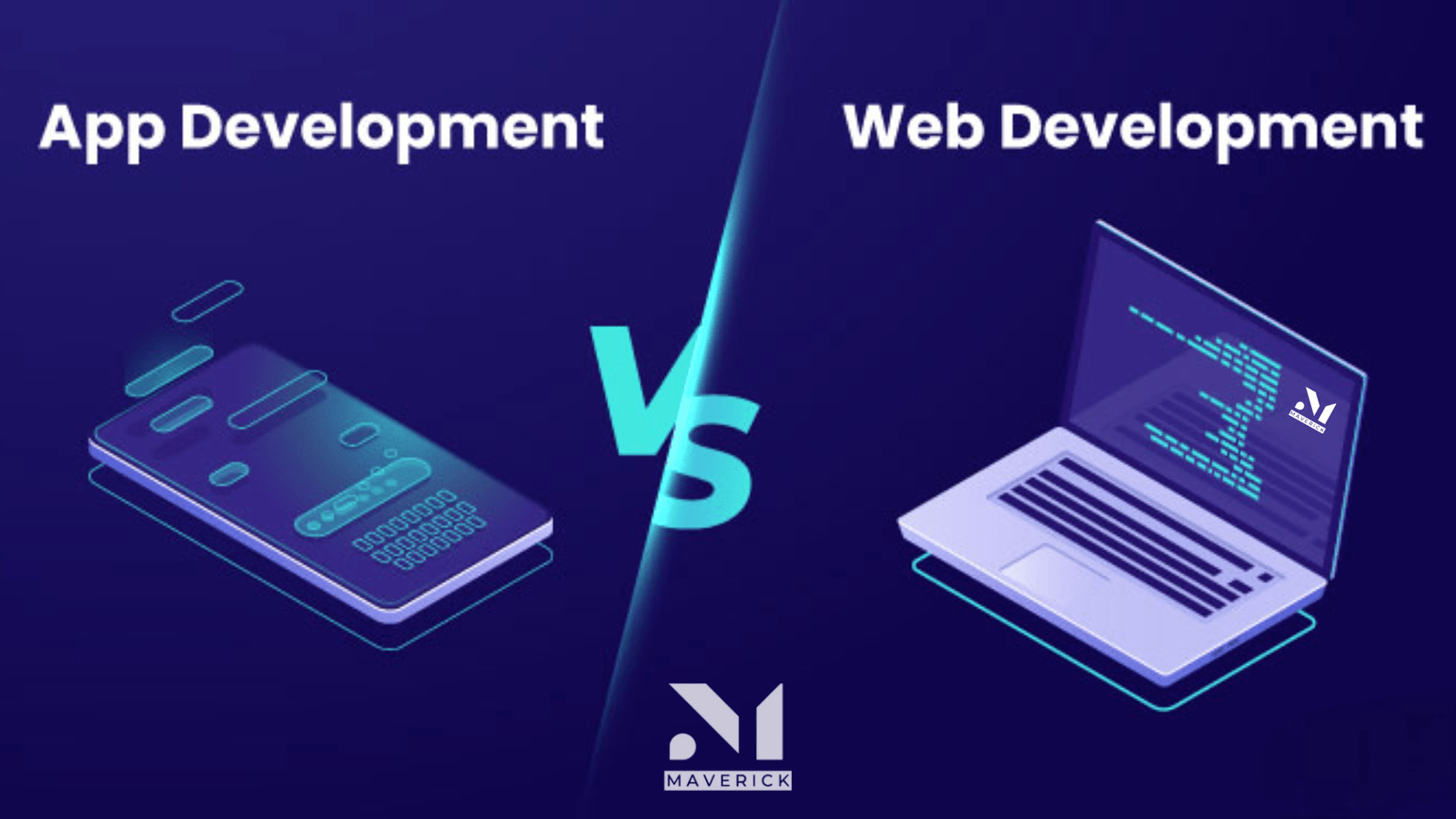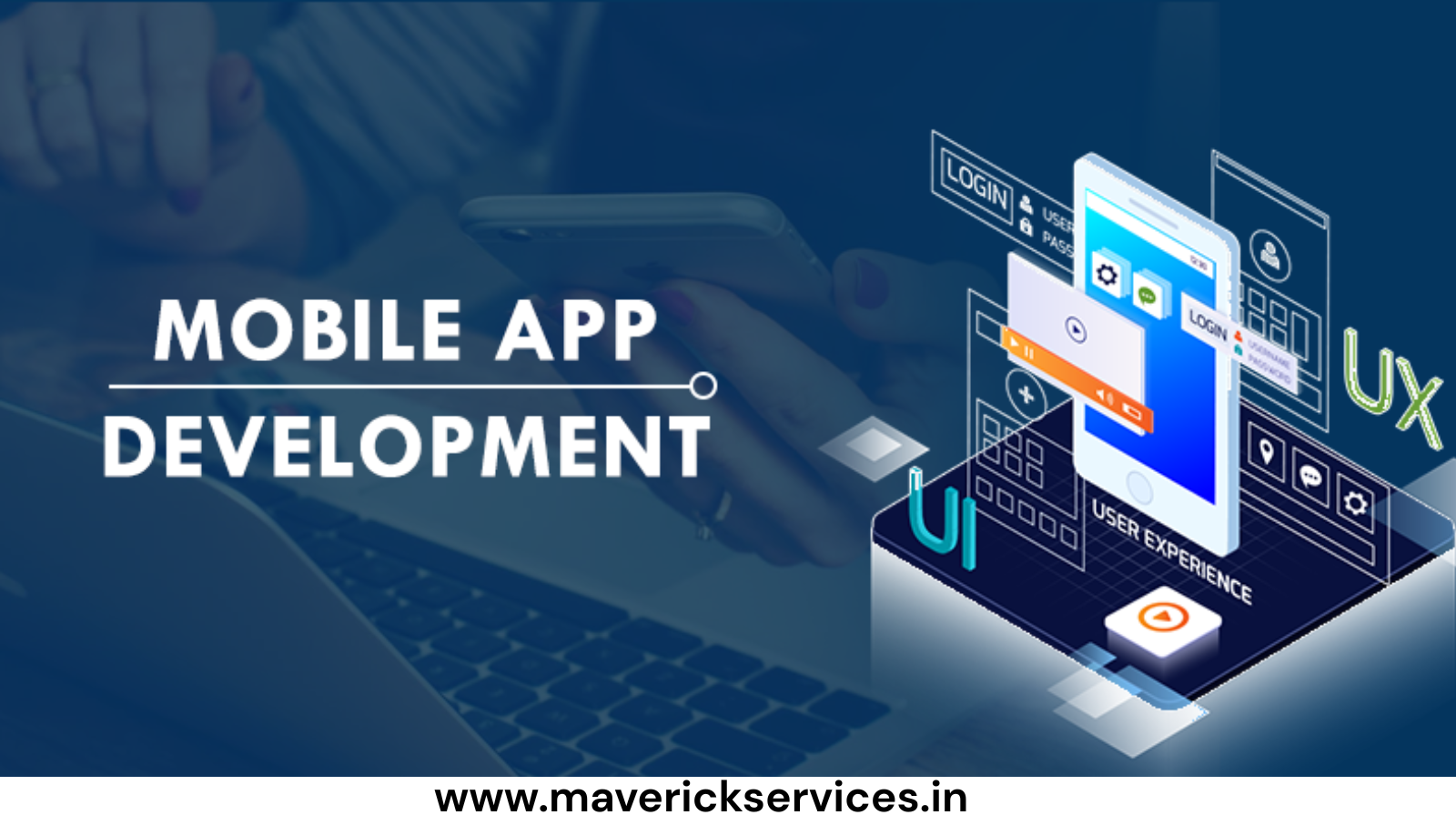In today’s digital age, having a strong online presence is more important than ever. Whether you are a business owner, startup founder, or creative professional, chances are that you have come across the terms web development and app development. Although they might look and feel like synonymous terms for the uninitiated, in reality, they are two different disciplines with their own processes, tools, strengths, and weaknesses.
In this article, we will go through the key differences between app development and web development, skills involved, technology used, and situations when one would be used over the other. Let’s get deep into this fundamental difference.
Understanding Web Development
Web development is the process of creating, constructing, and maintaining websites. It encompasses anything from writing a basic static page to creating sophisticated web-based applications, electronic businesses, and social network services.
Generally, web development is categorized into three types:
Front-end development: Concerned with what users interact with the layout, design, and interactivity.
Back-end development: Concerned with the server, database, and application functionality behind the scenes.
Full-stack development: Both front-end and back-end development combined.
HTML, CSS, and JavaScript: The basis of every web page.
Frameworks: Like React, Angular, and Vue.js for front-end; Node.js, Django, and Ruby on Rails for back-end.
Content Management Systems (CMS): WordPress, Joomla, and Drupal.
Statistics:
As per Statista, more than 1.13 billion websites existed on the internet in 2024. This exponential increase indicates the constantly growing significance of professional web development.
Understanding App Development
App development is, on the other hand, the process of creating applications that are specifically made to execute on handheld devices like smartphones and tablets, or in some instances, desktops. Apps may either be native (created specifically for a specific platform) or hybrid (created to execute on multiple platforms).
App development comes in various forms:
Native App Development: Developing applications for individual platforms such as iOS (Swift or Objective-C) and Android (Java or Kotlin).
Cross-platform App Development: Libraries such as Flutter, React Native, and Xamarin enable developers to build apps for several platforms from a single codebase.
Web Apps and Progressive Web Apps (PWAs): Hybrid solutions that function like an app but are opened through a web browser.
App development popular technologies include:
Swift and Kotlin: The top choices for iOS and Android app development respectively.
Flutter and React Native: Cross-platform app development frameworks.
Unity: Used extensively in mobile game development.
Statistics:
According to Grand View Research, the size of the global mobile application market was USD 228.98 billion in 2023 and is anticipated to increase at a compound annual growth rate (CAGR) of 13.4% from 2024 to 2030.
Key Differences Between Web Development and App Development
| Factor | Web Development | App Development |
| Platform | Browser-based (Chrome, Safari, Edge) | Mobile OS (iOS, Android), Desktop OS (Windows, macOS) |
| Installation | No installation required; accessed via URLs | Requires installation via app stores (Google Play, App Store) |
| Development Languages | HTML, CSS, JavaScript, PHP, Python | Swift, Kotlin, Java, React Native, Flutter |
| Performance | Dependent on internet connection | Generally faster; can access device hardware like camera, GPS |
| User Experience | Limited by browser capabilities | Richer, more interactive experiences |
| Updates | Immediate; refreshed on server-side | Users need to download updates |
| Cost | Generally less expensive to develop | More expensive due to complexity and platform-specific requirements |
| Monetisation | Ads, subscriptions, e-commerce | In-app purchases, ads, subscriptions |
Development Process Comparison
Web Development Process
Planning: Business goals, target audience, and competitor analysis understanding.
Design: UX/UI wireframing and prototyping.
Development: Front-end and back-end coding.
Testing: Functionality, usability, and compatibility checks across devices.
Deployment: Upload to web servers and database setup.
Maintenance: Periodic updates, bug fixing, and optimizations.
App Development Process
Idea Validation: Determining user needs and app functionality definition.
Design: Developing detailed wireframes and interactive prototypes.
Development: Coding as per selected platform(s).
Testing: Functional testing, performance testing, and security checks.
Launch: Publishing on app stores after adhering to their guidelines.
Maintenance: Regular updates, feature additions, and user feedback incorporation.
Web Development vs. App Development: Which One to Choose?
Choosing between web development and app development depends largely on your business goals, target audience, and budget.
Choose Web Development if:
You need a global reach.
You want faster deployment at a lower cost.
Your main focus is information exchange or commerce.
Go for App Development if you need functionalities such as push notifications, offline support, or device hardware access.
Your business model depends significantly on user interaction and stickiness.
You want to provide a customized user experience.
Fun Fact: Buildfire research shows that mobile consumers spend 87% of their time on apps versus only 13% on websites, making apps a key decision for businesses with an emphasis on high engagement.
Challenges in Web and App Development
Challenges in Web Development
Browser compatibility problems.
Cybersecurity threats and data privacy.
Challenges in Web and App Development
Challenges in Web Development
Browser compatibility problems.
Cybersecurity threats and data privacy.
Challenges in App Development
High upfront cost.
The future is bright for web development as well as app development. New technologies like Progressive Web Apps (PWAs), Artificial Intelligence (AI), Augmented Reality (AR), and Machine Learning (ML) will change the way people engage with digital platforms.
Progressive Web Apps (PWAs) merge the best of web and app experiences, with offline functionality, quick loading, and native app-like performance.
AI-powered Web Development will improve personalisation, automation, and efficiency.
5G technology will support quicker app performance, particularly for gaming, VR, and AR apps.
Conclusion
Both app development and web development are a vital component of the contemporary digital landscape. While web development provides accessibility and reach, app development is better suited to delivering immersive and engaging user experiences. Knowledge of the specific strengths of each strategy enables business enterprises and entrepreneurs to make judicious decisions based on their strategic needs.





